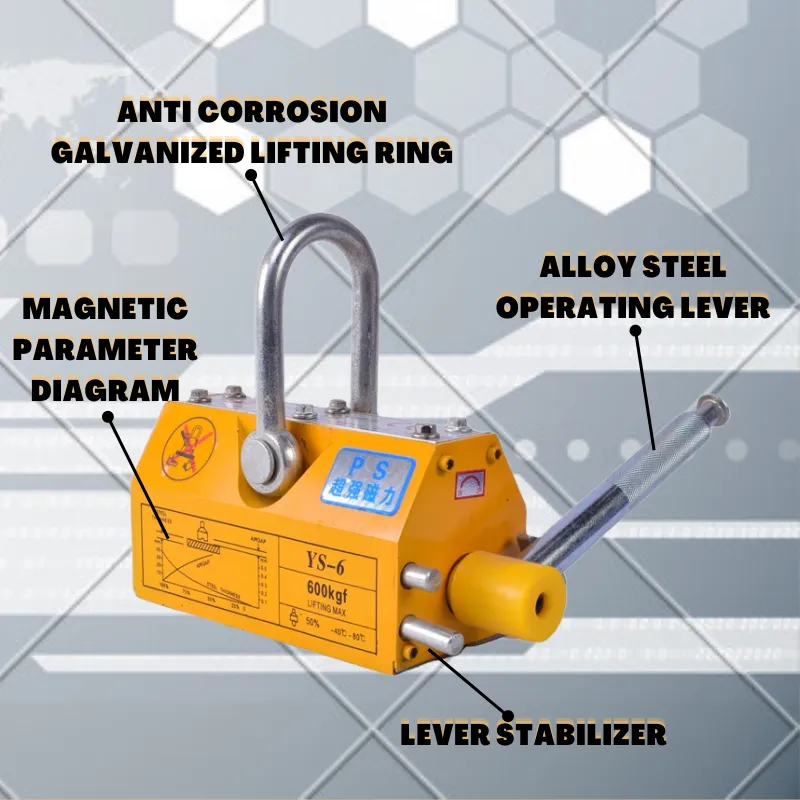Exploring the Benefits of Temporary Gantry Systems in Construction Projects
Exploring the Concept of Temporary Gantries in Modern Infrastructure
In recent years, the construction and civil engineering sectors have increasingly recognized the importance of temporary structures to facilitate projects without compromising safety and efficiency. Among these structures, temporary gantries have emerged as a vital component in various applications, ranging from construction sites to sporting events. This article explores the significance, applications, and benefits of temporary gantries in modern infrastructure.
What is a Temporary Gantry?
A temporary gantry is a temporary framework or structure, often made from steel or aluminum, designed to support equipment or materials
. Typically, these gantries are erected at construction sites or locations where overhead support is necessary, providing a stable platform for lifting operations, safety access, and equipment maintenance. Their versatility allows them to be tailored for specific project needs, making them indispensable in many scenarios.Applications of Temporary Gantries
Temporary gantries are widely utilized in different sectors, including construction, events management, and even maintenance operations. In construction, they are often employed to support cranes or to facilitate the movement of heavy materials across uneven terrain. This capability allows for the efficient delivery of resources to different building levels without relying solely on traditional hoisting methods.
In the events management space, temporary gantries are indispensable. They serve as structures for banners, signage, and lighting rigs at festivals, concerts, and sporting events. By providing a safe and reliable framework, temporary gantries help to enhance the visual appeal of events while ensuring the safety of attendees. Additionally, their modular design allows for easy assembly and disassembly, reducing the time and labor needed for setups and breakdowns.
temporary gantry

Furthermore, temporary gantries play a crucial role in maintenance operations, particularly in industries like aviation and manufacturing. They can be used to provide access to high areas, allowing workers to carry out inspections or repairs safely. The mobility of these gantries means they can be repositioned as needed, making them an ideal solution for facilities where fixed structures may not be viable.
Benefits of Temporary Gantries
One of the primary benefits of temporary gantries is their flexibility. Unlike permanent structures, temporary gantries can be erected and dismantled with ease, allowing for quick adaptions to changing project needs. This flexibility not only saves time but also reduces costs associated with long-term construction operations.
Safety is another significant advantage. Temporary gantries are often designed with safety features, such as handrails and non-slip surfaces, ensuring that workers are protected while they complete their tasks. By providing a stable working platform, these gantries help minimize the risk of accidents, which is crucial in high-risk environments like construction sites.
Moreover, the use of temporary gantries can significantly improve project timelines. By facilitating efficient movement and access to elevated areas, these structures help streamline workflows. Construction teams can transport materials and access work sites quickly and safely, enhancing overall productivity.
Conclusion
As infrastructure projects become increasingly complex, the demand for innovative solutions like temporary gantries rises. Their adaptability, safety features, and ability to expedite workflows make them an excellent choice for numerous applications. As industries continue to evolve, temporary gantries will likely play an even more prominent role, enabling the construction sector to meet the challenges of modern demands while ensuring safety and efficiency. In embracing technologies and solutions that enhance our infrastructural capabilities, we can pave the way towards a more resilient and dynamic future.
-
Unlock Seamless Relocation with Our Heavy Equipment Moving ExpertiseNewsJun.06,2025
-
Unleash Unrivaled Flexibility with Our Adjustable Gantry CraneNewsJun.06,2025
-
Unleash Heavy-Duty Efficiency with Our Industrial Gantry Crane SolutionsNewsJun.06,2025
-
Revolutionize Steel Handling with Our Magnetic Lifter RangeNewsJun.06,2025
-
Master Equipment Mobility with Premium Machinery Mover SolutionsNewsJun.06,2025
-
Elevate Your Material Handling with Magnetic Lifter TechnologyNewsJun.06,2025
-
YS Permanent Lifting Magnets: The Smarter Way to Handle SteelNewsMay.22,2025
